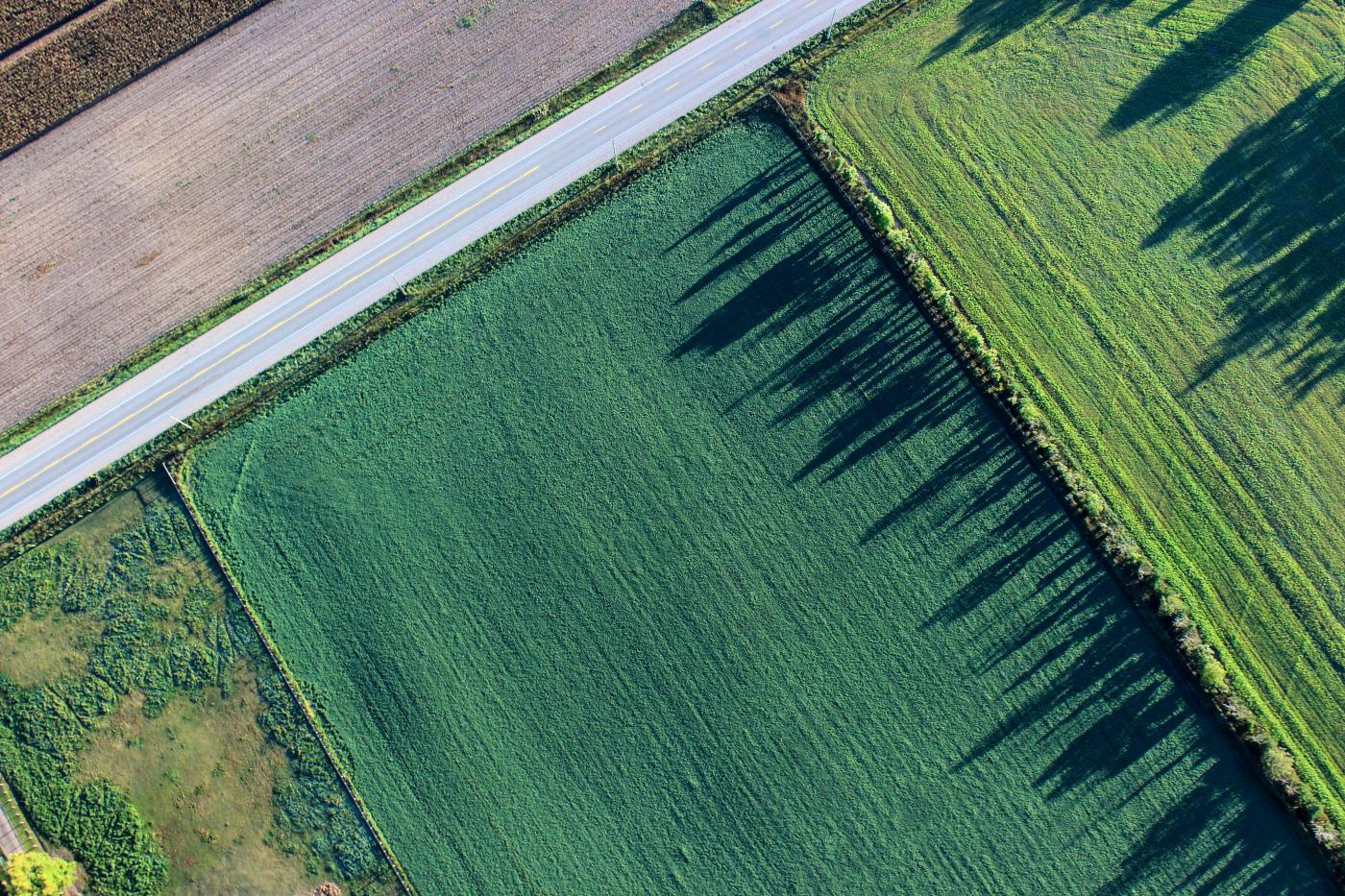Drones in Agriculture
Drones are increasing productivity and crop yield in the agricultural industry. From real-time data to healthier plants, UAS are literally growing more plants.
There are numerous ways drones are assisting the agriculture industry.
That’s important for a few reasons. The current population of the world is over 7.6 billion. And, by 2050, most experts believe food production will need to double, to meet growing demand.
Unfortunately, food distribution is not evenly spread across the globe. However, there is technically enough food to feed all 7.6 billion people. Though, that won’t be the case once an additional two billion people require sustenance.
By some estimates, global food production will need to increase by between 60-100%. The Earth’s entire surface area is around 51.01 billion hectares. To put that into perspective, one hectare equals 2.471 acres.
Without updating current agricultural practices, doubling the world’s food production would require the clearing of approximately one billion hectares of land… mostly rainforests and savannas.
Obviously, clearing more land is not a viable solution. The removal of such an enormous amount of forest would certainly have a significant negative impact on climate change. The only hope for meeting the world’s future demands for food is precision agriculture.
Drones are at the forefront of that movement.
Precision agriculture uses technology to accurately measure and study crop production. The data gained in these observations allows for better crop and farm management.
As a result, production yields increase without the need to consume more land.
The Role of Drones in Agriculture
Some of the more common agricultural applications for UAVs include pest control, plant health monitoring, livestock management, soil analysis, and aerial survey.
One of the best examples to illustrate successful drones usage in agriculture is plant health monitoring. The health of a farmer’s crops is of critical importance to achieving the highest yields.
There exists a wide range of circumstances that can adversely affect crop yield.
Crops are susceptible to pathogens, fungus, and insects. Improper levels of carbon and nitrates in the soil also impact a plant’s productivity. Even a lack of proper water levels can cause an otherwise fertile field to produce lackluster results.
Traditionally, farmers monitored all these conditions through visual observations and soil analysis.
Visual inspections are very time consuming, and they depend on the observer’s skills at detecting the signs of potential problems. This method is extraordinarily inefficient for large-scale farming operations.
Soil analysis can take even more time than visual inspections. Trained professionals must take samples, which are often analyzed in a laboratory. Inevitably, the time required by this process creates a lag in data. Thus, there is no real-time information available to the farmer as it pertains to the crops on a given day.
UAVs can perform all the above tasks in real-time, utilizing a combination of RBG cameras, thermal imaging, and multi-spectral imaging. With the proper equipment, a drone operator can fly over a field and present the farmer with a full report covering everything from plant count to health conditions.
Drones provide real-time and accurate data that farmers can act on immediately. They are truly a disruptive technology that is at the beginning of revolutionizing precision agriculture as we know it.
The Future
Research and innovation create pathways for drones to assist in agriculture all of the time.
In Japan, scientists created insect-size drones capable of pollinating flowers in the same manner as bees. The drones use GPS to select the optimal flight path for pollinating all plants in a given area. As the world faces a crisis in dwindling bee populations, drones may very well become a replacement pollinator.
Only a few years ago, in early 2020, a team in Canada announced the development of a drone used for planting trees. Using a pressurized air cannon, the team successfully fired small pods of seeds into the ground. The group estimates a single drone operator would be capable of planting 100,000 seed pods per day, with the goal of planting one billion trees by 2028.
The agricultural community is just scratching the surface of what drone technology can provide to the industry. As research continues and engineers find new ways to integrate aerial data collection into farming operations, we are likely to see significant jumps in crop production.
Now is the ideal time for stakeholders and decision makers involved in agriculture to consider the integration of UAS technology into their operations. With low barriers to entry, and the promise of greater efficiencies, it will soon be difficult to imagine successful operations without drones.

David Daly - Contributing Author
David Daly, is an award-winning photographer/writer and licensed (FAA) Commercial sUAS pilot. A graduate of the United States Naval Academy, David is a former Marine Corps officer with a BS in Oceanography and has earned his MBA from the University of Redlands. David has worked for Fortune 100 companies and has a background in aerospace, construction, military/defense, real estate, and technology.

